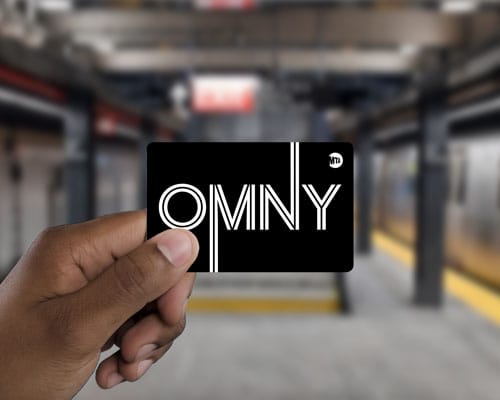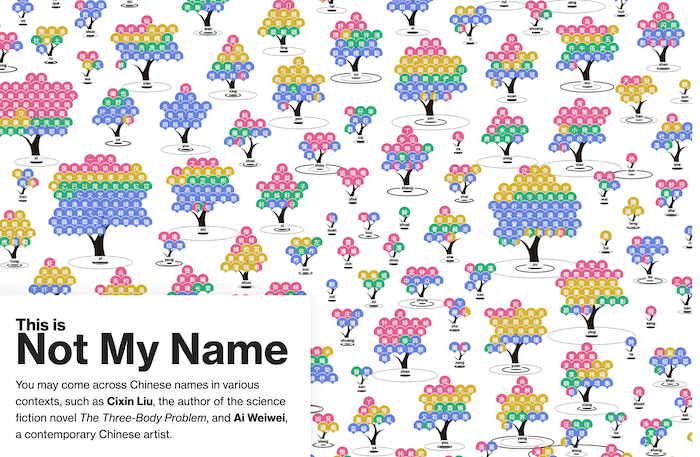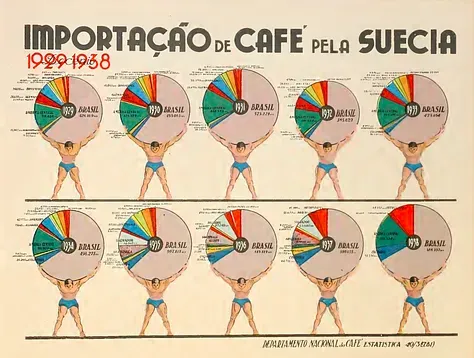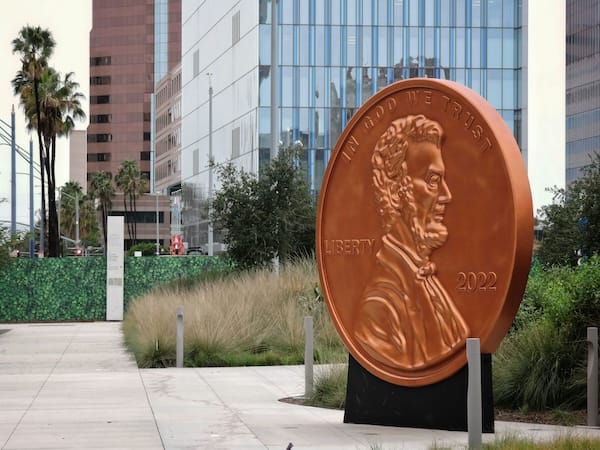MTA lowers revenues while upping stress on some commuters
An economic analysis of MTA's switch to OMNY cards

In the previous post, I looked into the new "fare-capping" scheme offered by OMNY for frequent public transit commuters in NYC. It's a mind-blowingly complicated solution to a math problem. The previous 7-day pass is much simpler.
I believe the switch from swipe cards to OMNY leaks revenues, while also incurring costs of implementation. Therefore, it's a weird decision on the MTA's part.

In this post, I explore the economics.
I will focus on the subgroup of frequent commuters. If you aren't going to do 12 or more rides per week, this issue is moot.
For the super-frequent commuters, who reliably make more than 12 trips every week, getting the 7-day pass is a no brainer. The switch to fare capping means they don't pay upfront. This isn't much of a benefit though since by the end of the week, they would have paid $34 in both cases. Because of the terrible user interface (see previous post here), these commuters would have to check their transaction logs to confirm that fares were capped at $34. In fact, verifying the cap requires an accounting degree, as it is hard to establish the start and end of each 7-day period (see the last post). I'd argue that the experience for these super-frequent commuters has worsened slightly.
A segment of these super-frequent commuters enjoys an unexpected pleasant surprise: they will see their commuting expenses decrease under fare-capping. They are those who didn't care enough to get the 7-day passes in the past; now, their weekly spend is automatically capped at $34. Thus, in the super-frequent commuters segment, the MTA collects less revenues after switching to fare-capping.
***
The most interesting group is the commuters whose average ride frequency is around 12. Under the 7-day pass system, they make a buy-or-not decision every seven days. åAfter they purchase passes, they likely will adjust their behavior, using the bus or subway for shorter trips, in order to maximize the value of the passes. This optimizing behavior enhances the perceived value of the 7-day pass. In some weeks, if they fail to hit the 13-ride minimum, they may overpay relative to pay-per-ride.
Under fare capping, these commuters don't pay upfront. If they end up taking fewer than 13 rides, the total charge will be the same as pay-per-ride. If the ride frequency exceeds 12, the total is capped at $34. So, the risk of overpaying is eliminated. The other side of the coin is that the MTA is denied these overpayment revenues.
What they give on one hand, they take from the other. The anxiety over whether or not to buy a pass is replaced by the anxiety over whether or not the next ride is free. For someone who only occasionally exceed 12 rides, it's hard to know when the cap has been exceeded, and if so, when the pertinent 7-day window ends. If commuters don't know for sure they have enough to get the free rides, they won't change their behavior and start taking extra short rides. (These extra rides only enhances the perceived value of the frequent commuter discounting; they don't represent incremental revenues for the MTA.)
These commuters don't have to make any decisions under fare capping. This can be described as "convenience" but it is served with a dose of poor customer experience. Even those commuters who have benefited are unaware when the cap has kicked in, nor do they get the satisfaction of benefits building up as they take more rides.
For the MTA, the collected revenues will certainly decline for two reasons: a) super-frequent commuters who didn't take advantage of 7-day passes are now given automatic fare caps; and b) the borderline 7-day pass users have their fares capped during those weeks when they unexpectedly take fewer than 13 trips.
I'm coming up empty when trying to think of a group of commuters from which the OMNY system generates incremental revenues.
***
Ironically, the old way is less stressful. After paying upfront, it is stress-free. Under fare capping, you have to constantly worry about whether you've hit the fare cap or not, and when the 7-day window resets. Even after you've hit the cap, you have to worry about when the current 7-day window ends.
That's without accounting for the money invested in the OMNY infrastructure. So, the MTA reduces its profits while making lives more complicated for the frequent commuters.



